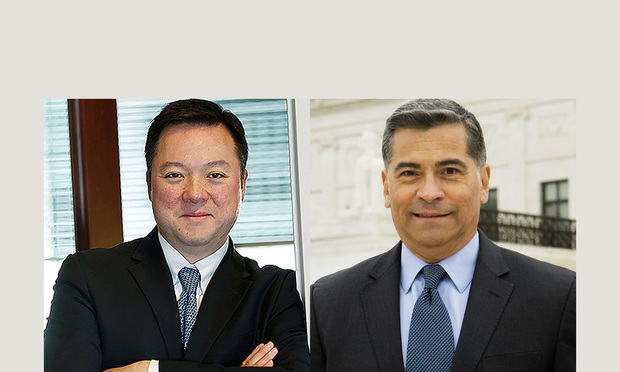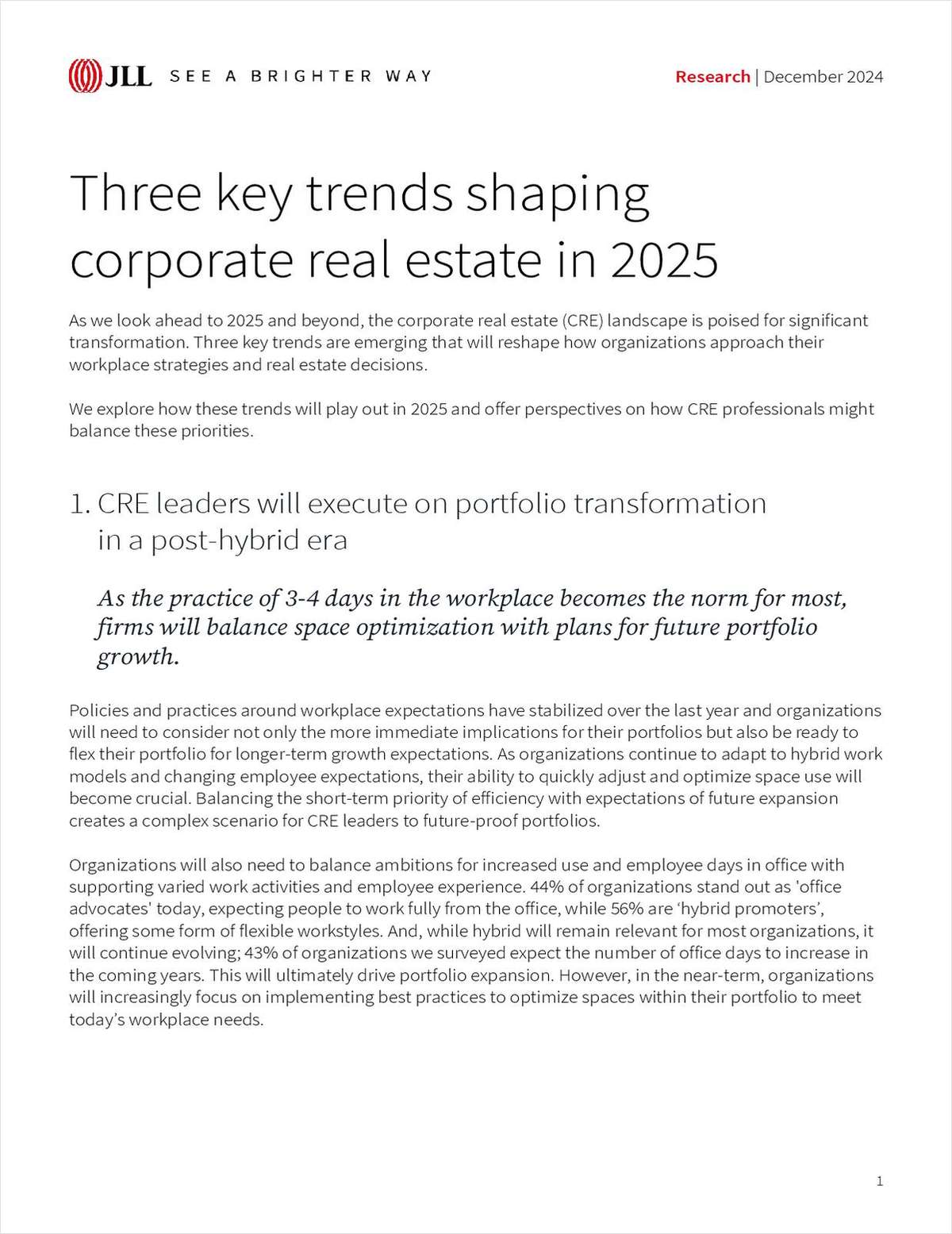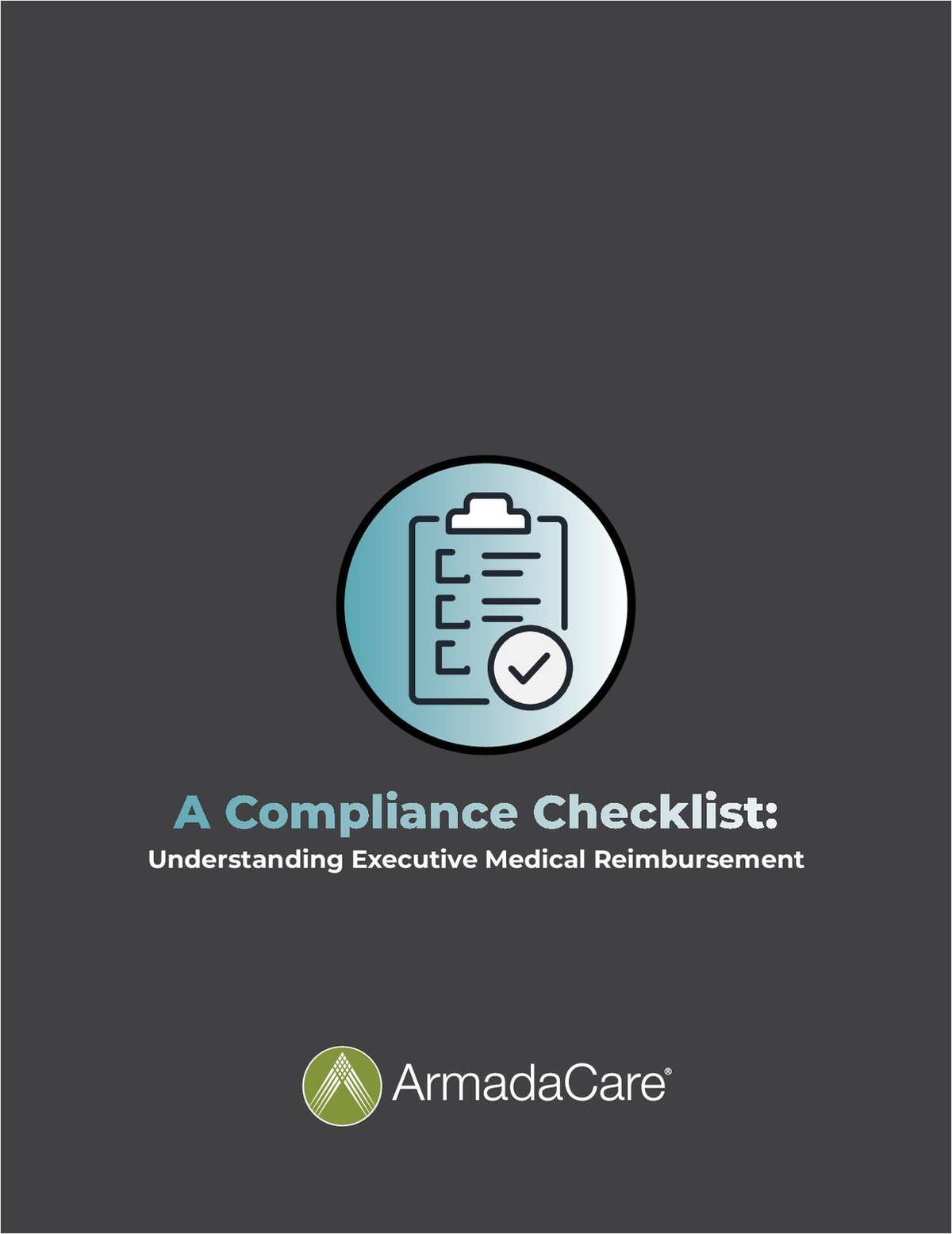24 Attorneys General Sue Federal Government Over Clean Vehicle Standards
Attorneys general from 23 states and the District of Columbia filed a lawsuit Wednesday seeking to stop the federal government from enacting a rule related to vehicle fuel and emissions standards that the states say will hurt the environment.
May 27, 2020 at 06:08 PM
4 minute read
 From left: Connecticut Attorney General William Tong and California Attorney General Xavier Becerra. Courtesy photos
From left: Connecticut Attorney General William Tong and California Attorney General Xavier Becerra. Courtesy photos
The District of Columbia and 23 states, including California, Connecticut, Delaware, New Jersey, New York and Pennsylvania, have sued the Trump administration, alleging that its proposed Safer Affordable Fuel-Efficient Vehicles rule, or SAFE, is misguided.
The lawsuit, filed Wednesday in the U.S. Court of Appeals for the District of Columbia Circuit, challenges the proposed rule, and attorneys general from nearly two dozen states say it should not take effect as written.
The lawsuit was filed as a "petition for review," which are filed in courts to review federal agency orders or actions. The petition doesn't state specific claims, but rather asks for the proposed rule to be reviewed.
Elizabeth Benton, spokeswoman for one of the filers, Connecticut Attorney General William Tong, said "there will be a more substantive brief filed, once the briefing schedule is set by the court."
Defendants in the lawsuit are the U.S federal government, the Environmental Protection Agency, the U.S. Department of Transportation and the National Traffic Safety Administration, which is part of the DOT.
The EPA, on its website, said the proposal would amend some existing corporate average fuel economy and greenhouse gas emissions standards for passenger cars and light trucks, and would establish new standards for vehicles in the model years from 2021 through 2026. It also said the rule would benefit all consumers.
The EPA said that, in enacting the new rule, there would be a $252.6 billion reduction in regulatory costs through model year 2029. It said the proposal would lead to 1 million additional new vehicle sales, creating jobs, through model year 2029, and result in about 0.5 million barrels per day increase in fuel consumption. It said the plan would have "no noticeable impact to net emissions of smog-forming or other … toxic air pollutants."
But the attorneys general disagree, saying the rule would affect public health in a negative way.
"The underpinning for the Trump Administration's so-called 'SAFE' rule are crumbling before the rule even hits the road," said California Attorney General Xavier Becerra. "The administration claims their new rule will save money and lives, but previously undisclosed internal documents reveal how far from the truth that is. Just read the text of the rule and you will discover that it is a job killer and public health hazard. It will increase the costs to consumers and will allow the emission of dangerous pollutants that directly threaten the health of our families."
Becerra claims, in a press release, the "EPA and NHTSA improperly and unlawfully relied on analysis riddled with errors, omissions and unfounded assumptions in an attempt to justify their desired result."
And Tong said in a statement Wednesday: "No one wants dirty and inefficient vehicles, not consumers and not automakers. The Trump administration has ignored basic federal environmental laws and administrative procedures in a knee-jerk rush to roll back regulations. This rule will have disastrous implications for our climate for decades to come."
But in a statement Wednesday, the EPA said that, although it does not comment on pending litigation, "as finalized, the SAFE provides a sensible, single national program that strikes the right regulatory balance, protects our environment, and sets reasonable targets for the auto industry, while supporting our economy and the safety of American families."
Similarly in a statement, the NHTSA said, in part: "The Safe Vehicles final rule marked the culmination of over a year of close collaboration between EPA and NHTSA, just as the agencies collaborated in prior joint rulemakings in this and the previous administration."
No one from the federal DOT responded to a request for comment.
Related stories:
Challenges Ahead on New York's Path to Carbon Net Zero
Beyond COVID-19: How to Plan for the Future of Energy Transition
This content has been archived. It is available through our partners, LexisNexis® and Bloomberg Law.
To view this content, please continue to their sites.
Not a Lexis Subscriber?
Subscribe Now
Not a Bloomberg Law Subscriber?
Subscribe Now
NOT FOR REPRINT
© 2025 ALM Global, LLC, All Rights Reserved. Request academic re-use from www.copyright.com. All other uses, submit a request to [email protected]. For more information visit Asset & Logo Licensing.
You Might Like
View All
Trump's DOJ Delays Releasing Jan. 6 FBI Agents List Under Consent Order
3 minute read

DC Lawsuits Seek to Prevent Mass Firings and Public Naming of FBI Agents
3 minute read
Trending Stories
- 1'Translate Across Disciplines': Paul Hastings’ New Tech Transactions Leader
- 2Milbank’s Revenue and Profits Surge Following Demand Increases Across the Board
- 3Fourth Quarter Growth in Demand and Worked Rates Coincided with Countercyclical Dip, New Report Indicates
- 4Public Notices/Calendars
- 5Monday Newspaper
Who Got The Work
J. Brugh Lower of Gibbons has entered an appearance for industrial equipment supplier Devco Corporation in a pending trademark infringement lawsuit. The suit, accusing the defendant of selling knock-off Graco products, was filed Dec. 18 in New Jersey District Court by Rivkin Radler on behalf of Graco Inc. and Graco Minnesota. The case, assigned to U.S. District Judge Zahid N. Quraishi, is 3:24-cv-11294, Graco Inc. et al v. Devco Corporation.
Who Got The Work
Rebecca Maller-Stein and Kent A. Yalowitz of Arnold & Porter Kaye Scholer have entered their appearances for Hanaco Venture Capital and its executives, Lior Prosor and David Frankel, in a pending securities lawsuit. The action, filed on Dec. 24 in New York Southern District Court by Zell, Aron & Co. on behalf of Goldeneye Advisors, accuses the defendants of negligently and fraudulently managing the plaintiff's $1 million investment. The case, assigned to U.S. District Judge Vernon S. Broderick, is 1:24-cv-09918, Goldeneye Advisors, LLC v. Hanaco Venture Capital, Ltd. et al.
Who Got The Work
Attorneys from A&O Shearman has stepped in as defense counsel for Toronto-Dominion Bank and other defendants in a pending securities class action. The suit, filed Dec. 11 in New York Southern District Court by Bleichmar Fonti & Auld, accuses the defendants of concealing the bank's 'pervasive' deficiencies in regards to its compliance with the Bank Secrecy Act and the quality of its anti-money laundering controls. The case, assigned to U.S. District Judge Arun Subramanian, is 1:24-cv-09445, Gonzalez v. The Toronto-Dominion Bank et al.
Who Got The Work
Crown Castle International, a Pennsylvania company providing shared communications infrastructure, has turned to Luke D. Wolf of Gordon Rees Scully Mansukhani to fend off a pending breach-of-contract lawsuit. The court action, filed Nov. 25 in Michigan Eastern District Court by Hooper Hathaway PC on behalf of The Town Residences LLC, accuses Crown Castle of failing to transfer approximately $30,000 in utility payments from T-Mobile in breach of a roof-top lease and assignment agreement. The case, assigned to U.S. District Judge Susan K. Declercq, is 2:24-cv-13131, The Town Residences LLC v. T-Mobile US, Inc. et al.
Who Got The Work
Wilfred P. Coronato and Daniel M. Schwartz of McCarter & English have stepped in as defense counsel to Electrolux Home Products Inc. in a pending product liability lawsuit. The court action, filed Nov. 26 in New York Eastern District Court by Poulos Lopiccolo PC and Nagel Rice LLP on behalf of David Stern, alleges that the defendant's refrigerators’ drawers and shelving repeatedly break and fall apart within months after purchase. The case, assigned to U.S. District Judge Joan M. Azrack, is 2:24-cv-08204, Stern v. Electrolux Home Products, Inc.
Featured Firms
Law Offices of Gary Martin Hays & Associates, P.C.
(470) 294-1674
Law Offices of Mark E. Salomone
(857) 444-6468
Smith & Hassler
(713) 739-1250










